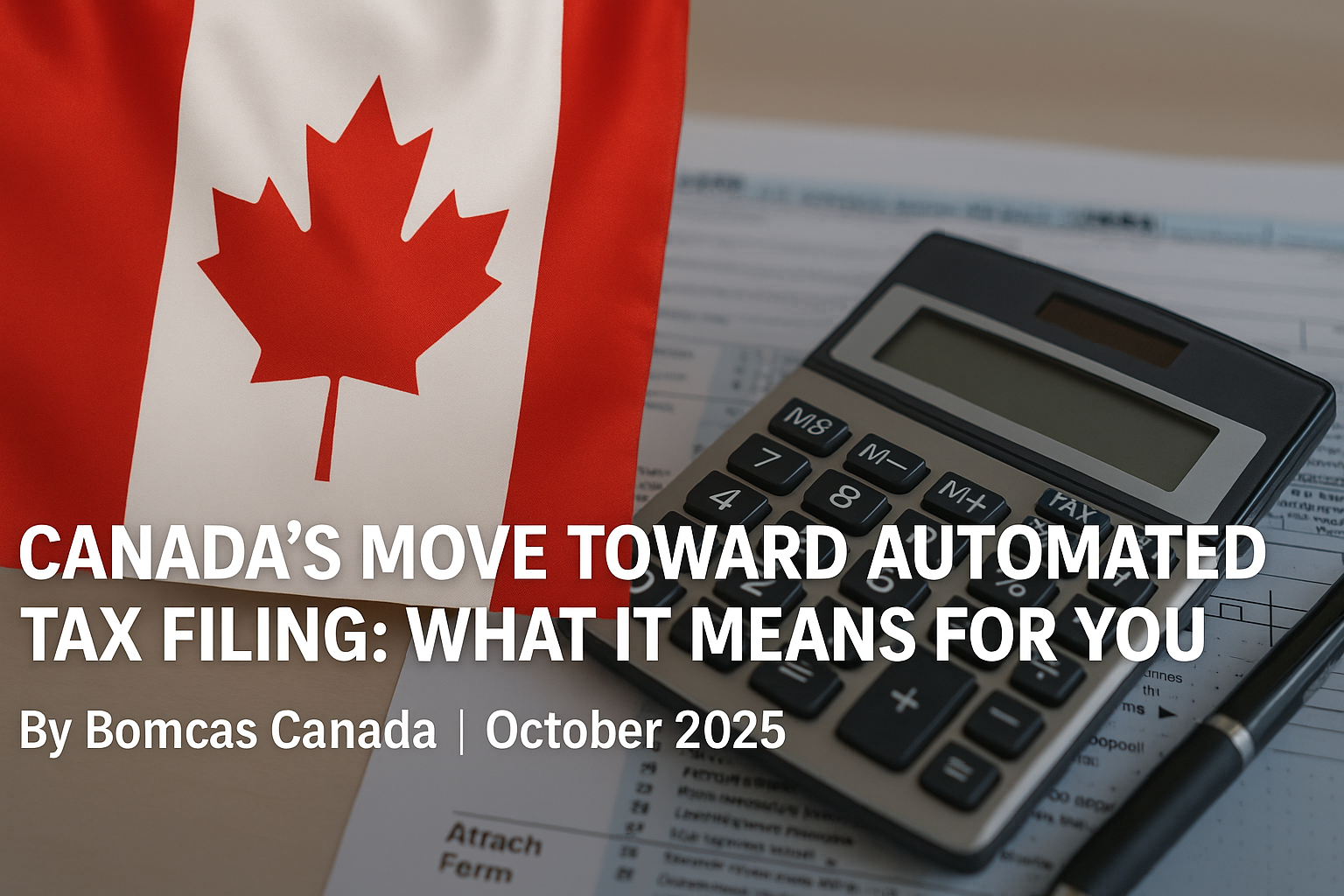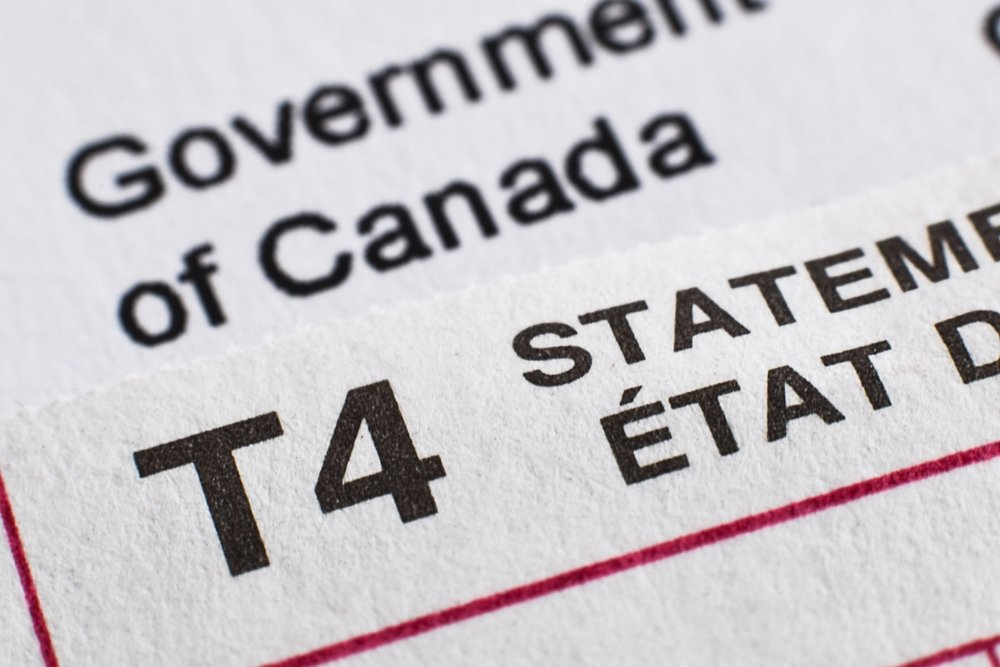Blockchain technology has revolutionized the way we think about digital transactions and data security. This groundbreaking innovation, which underpins cryptocurrencies like Bitcoin and Ethereum, has caused a revolution in various industries beyond finance. At its core, blockchain is a decentralized database that maintains a continuously growing list of records, called blocks, which are linked and secured using cryptography.
This article aims to explore the inner workings of blockchain technology and its most famous application, Bitcoin. We’ll dive into the different types of blockchain networks, key features that make this technology unique, and its wide-ranging applications. Additionally, we’ll examine the benefits and challenges associated with blockchain and cryptocurrency, providing readers with a comprehensive understanding of this transformative technology. By the end, you’ll have a clear picture of how blockchain is reshaping our digital landscape and its potential to drive future innovations.

What is Blockchain Technology?
Definition
Blockchain technology is a distributed database or ledger shared among a computer network’s nodes. It maintains a continuously growing list of ordered records, called blocks, which are linked and secured using cryptography. This innovative technology facilitates the process of recording transactions and tracking assets in a business network. These assets can be tangible (like houses, cars, cash, or land) or intangible (such as intellectual property, patents, copyrights, or branding).
The blockchain serves as a decentralized mechanism to conduct transactions between members on the chain without the need for a third party or central server. This peer-to-peer (P2P) network allows for secure, transparent, and effective asset transactions, whether financial or physical.
Key Components
- Distributed Ledger Technology: All network participants have access to the distributed ledger and its immutable record of transactions. This shared ledger eliminates the duplication of effort typical in traditional business networks.
- Immutable Records: Once a transaction is recorded on the blockchain, it cannot be edited, deleted, or reversed. This immutability protects data from being tampered with by any network member or external malicious actor.
- Smart Contracts: These are sets of rules stored on the blockchain that execute automatically once predetermined conditions are met. Smart contracts help ensure all participants adhere to agreed-upon rules, speeding up transactions and defining conditions for various operations.
- Cryptographic Security: To maintain security, integrity, and verification, the blockchain’s mechanism generates two keys for network members – a public key and a private key. These keys together help unlock a user’s ledger, ensuring transactions are impervious to fraud and establishing a shared truth.
- Transparency: Blockchain networks allow transactions recorded on their network to be viewed by any member of the public through a personal node or platforms like blockchain explorers. This transparency leaves no room to hide data and gives members the power to scrutinize records.
How Blockchain Works
- Transaction Recording: As each transaction occurs, it is recorded as a “block” of data. These blocks can record various types of information, including who, what, when, where, and how much, as well as conditions such as the temperature of a food shipment.
- Block Connection: Each block is connected to the ones before and after it, forming a chain of data as assets move or ownership changes hands. The blocks confirm the exact time and sequence of transactions and link securely together to prevent alteration or insertion of blocks between existing ones.
- Chain Formation: Transactions are blocked together in an irreversible chain – the blockchain. Each additional block strengthens the verification of the previous block and, consequently, the entire blockchain. This process renders the blockchain tamper-evident, delivering the key strength of immutability.
- Consensus Mechanism: For a block to be added to the chain, it must be verified by the majority of nodes in the network. This consensus mechanism ensures the integrity and security of the blockchain.
- Data Immutability: Because there is no way to change a block, the only trust needed is at the point where a user or program enters data. This aspect reduces the need for trusted third parties, such as auditors, which often add costs and can make mistakes.
By leveraging these components and processes, blockchain technology achieves decentralized security and trust. It has the potential to revolutionize various industries beyond finance, including supply chain management, healthcare, voting systems, and more. For all your technology needs as it relates to data security, BOMCAS is your provider, offering solutions built on the robust foundation of blockchain technology.
Types of Blockchain Networks
Blockchain networks serve as the technical infrastructure that enables applications to access ledger and smart contract services. These networks can be categorized into three main types: public, private, and permissioned blockchains. Each type has its own unique characteristics, benefits, and challenges.
Public Blockchains
Public blockchains are permissionless networks that allow anyone to join and participate in core activities. These decentralized systems operate without a central authority, ensuring that no single entity controls the data or can alter the protocols. Examples of popular public blockchains include Bitcoin, Litecoin, and Ethereum.
Key features of public blockchains include:
- Open Access: Anyone globally can submit data, use it, and manage it on the network.
- Transparency: All transactions are visible to all participants, promoting trust and accountability.
- Anonymity: Users’ identities are secured through cryptographic public keys.
- Security: The distributed nature of the network makes it resistant to manipulation and cyberattacks.
However, public blockchains face challenges such as scalability issues, limited transaction throughput, and high energy consumption due to mining activities.
Private Blockchains
Private blockchains, also known as managed blockchains, are permissioned networks controlled by a single entity. These systems are typically used for intra-company transactions, with access limited to corporate members and employees. R3 Corda and Hyperledger Fabric are well-known examples of private blockchain platforms.
Advantages of private blockchains include:
- Controlled Access: Administrators have broad control over who can access the platform.
- Faster Transactions: Fewer nodes lead to quicker processing and validation of transactions.
- Efficient Governance: A central authority specifies standards, processes, and tools for day-to-day administration.
However, private blockchains may lack the trust and security levels of their public counterparts due to their centralized nature.
Permissioned Blockchains
Permissioned blockchains, also referred to as consortium blockchains, combine elements of both public and private blockchains. These networks are governed by a group of organizations rather than a single entity, striking a balance between the openness of public blockchains and the control of private ones.
Characteristics of permissioned blockchains include:
- Verified Participation: Users need to be verified before joining the network.
- Customizable Permissions: Participants have specific roles and permissions within the network.
- Improved Scalability: Permissioned blockchains often offer better performance than public networks.
While permissioned blockchains provide enhanced security and scalability, they may offer less transparency compared to public blockchains and face stricter regulations.
Each type of blockchain network has its own strengths and weaknesses, making them suitable for different use cases. Public blockchains excel in scenarios requiring maximum decentralization and transparency, while private and permissioned blockchains are better suited for enterprise applications that demand greater control and faster transaction processing.
As blockchain technology continues to evolve, organizations must carefully consider their specific needs and objectives when choosing the most appropriate network type. For all technology needs related to data security, BOMCAS serves as a provider, offering solutions built on the robust foundation of blockchain technology across various network types.
Key Features of Blockchain
Decentralization
Blockchain technology has revolutionized the way we think about data management and transactions by introducing a decentralized approach. Unlike traditional centralized systems, blockchain distributes functions, control, and information across a network of computers. This decentralized structure eliminates the need for a single controlling entity, making it resistant to failures and attacks.
In a blockchain network, multiple paths exist for information to flow, contrasting sharply with the hub-and-spoke model of centralized systems. This design, inspired by the internet’s resilience, ensures that if one portion of the network goes down, the rest continues to function seamlessly. The absence of a central point of control means that no single person or entity owns, manages, or controls the network.
Blockchain achieves decentralized security and trust through its unique structure. New blocks are added linearly and chronologically to the end of the chain, with each block containing the hash of the previous one. This interconnected nature makes it extremely difficult to alter past records without detection, as any change would affect all subsequent blocks.
Transparency
Transparency is a cornerstone of blockchain technology, setting it apart from traditional financial systems. Public blockchains, such as Bitcoin and Ethereum, allow anyone to view transactions and holdings of public addresses using block explorers. This level of openness has led many to advocate for blockchain as the new standard for transparency in various industries.
The transparent nature of blockchain doesn’t compromise user privacy. While transactions are visible, the identities behind the addresses remain encrypted. This balance between transparency and anonymity is a unique feature of blockchain technology, allowing users to maintain control over their personal information while ensuring the integrity of the system.
In industries like supply chain management, blockchain’s transparency has found practical applications. Companies across sectors, including mining and agriculture, are leveraging blockchain to provide consumers with the ability to track product histories. For instance, De Beers’ Tracr project uses blockchain to trace diamonds from mines to jewelry stores, potentially reducing the circulation of conflict diamonds.
Immutability
Immutability is a critical feature of blockchain technology, ensuring that once data is recorded and processed, it remains unchangeable. This property protects the integrity of the information stored on the blockchain from modifications or attacks. The immutability of blockchain data is achieved through a combination of cryptographic hashing and the chain structure itself.
Each block in the blockchain contains a hash of the preceding block, creating an unbroken chain that extends back to the very first block. To alter data in a single block would require an enormous amount of computational power, as it would necessitate changing all subsequent blocks in the chain. This makes the blockchain highly resistant to tampering and fraud.
The immutable nature of blockchain records provides a permanent and verifiable history of all transactions. For cryptocurrencies like Bitcoin, this means that all transactions are irreversibly recorded and viewable by anyone, enhancing trust and accountability within the system.
For all technology needs related to data security, BOMCAS serves as a provider, offering solutions built on the robust foundation of blockchain technology. By leveraging the key features of decentralization, transparency, and immutability, BOMCAS ensures that clients benefit from the enhanced security, trust, and efficiency that blockchain technology brings to the table.
Applications of Blockchain
Blockchain technology has revolutionized various industries, extending far beyond its initial application in cryptocurrencies. Its ability to create transparency, enhance fairness, and save businesses time and money has led to its adoption across multiple sectors. Here are some key applications of blockchain technology:
Cryptocurrencies
The primary and most well-known application of blockchain technology remains in the realm of cryptocurrencies. Bitcoin, Ethereum, and other wide-scale cryptocurrency coins utilize blockchain to process and record transactions securely. This decentralized approach to financial transactions has caused a revolution in the way we think about money and value exchange in the digital age.
Cryptocurrencies leverage blockchain’s inherent features of transparency and immutability to provide a secure and efficient method of transferring value. The decentralized nature of these systems eliminates the need for intermediaries, potentially reducing transaction costs and increasing speed.
Smart Contracts
Smart contracts represent a significant advancement in how agreements are executed and enforced. These digital contracts are self-executing, with the terms of the agreement directly written into code and stored on the blockchain. When predetermined conditions are met, the contract automatically executes, eliminating the need for intermediaries and adding levels of accountability for all parties involved.
The implementation of smart contracts has the potential to streamline various business processes:
- Simplifying transactions and payments
- Automating compliance with contractual terms
- Reducing the risk of fraud or manipulation
Industries such as government, healthcare, and real estate are discovering the benefits of blockchain-based contracts. For example, in real estate, smart contracts could automate property transfers, ensuring all conditions are met before the transaction is completed.
Supply Chain Management
Blockchain technology offers solutions to many challenges plaguing the logistics and supply chain management industry. With over 500,000 shipping companies in the U.S. alone, the industry suffers from data siloing and transparency issues. Blockchain addresses these problems by providing:
- Enhanced Traceability: Companies can track products from source to end consumer, creating a transparent and verifiable history of each item.
- Increased Efficiency: Blockchain can make logistics processes leaner and more automated, potentially saving the industry billions of dollars annually.
- Improved Communication: Manufacturers, shippers, and customers have access to real-time, up-to-date information about the shipping process, improving coordination and reducing execution errors.
- Risk Management: The technology helps in managing risks and disruptions by providing a single source of truth for all stakeholders.
Major companies are already implementing blockchain in their supply chains. For instance, Walmart Canada uses blockchain with its trucking companies to synchronize and manage inventory transport. Similarly, IBM has founded the IBM Food Trust, partnering with Walmart to create a safer food supply chain by tracing fresh produce and other food products.
In the pharmaceutical industry, blockchain is being used to comply with the U.S. Drug Supply Chain Security Act of 2013. This application involves tagging drug inventory with electronic product codes and recording each movement on the blockchain, creating a complete history of each item throughout the supply chain.
For all technology needs related to data security, BOMCAS serves as a provider, offering solutions built on the robust foundation of blockchain technology. By leveraging blockchain’s capabilities in areas such as cryptocurrencies, smart contracts, and supply chain management, BOMCAS ensures that clients benefit from enhanced security, transparency, and efficiency in their operations.
Understanding Bitcoin
Origin and Creator
Bitcoin, the first decentralized cryptocurrency, emerged in 2009, revolutionizing the concept of digital currency. Its creation is attributed to an enigmatic figure or group known by the pseudonym Satoshi Nakamoto. In August 2008, the domain name Bitcoin.org was registered by Nakamoto and Martti Malmi. The following October, Nakamoto announced the development of “a new electronic cash system that’s fully peer-to-peer, with no trusted third party” to a cryptography mailing list.
The groundbreaking white paper, “Bitcoin: A Peer-to-Peer Electronic Cash System,” was published on Bitcoin.org, laying the foundation for Bitcoin’s operation. On January 3, 2009, the genesis block, or Block 0, was mined, marking the official birth of Bitcoin. This block contained the text: “The Times 03/Jan/2009 Chancellor on brink of second bailout for banks,” potentially serving as proof of the mining date and a commentary on the traditional financial system.
How Bitcoin Works
Bitcoin operates on a decentralized network, eliminating the need for intermediaries like banks or governments. It utilizes blockchain technology, a distributed ledger that records all transactions across a network of computers. This peer-to-peer system allows for secure, transparent, and irreversible transactions.
The blockchain consists of files called blocks, which store transaction data, previous block information, addresses, and the code that executes transactions. Each block is linked to the previous one through cryptographic hashes, forming an unalterable chain of information.
Bitcoin transactions are validated and recorded by network participants known as nodes. Each node maintains a copy of the entire blockchain, ensuring data integrity and resistance to manipulation. When a transaction occurs, it is broadcast to the network and grouped with other transactions into a block.
Mining Process
Mining is the process by which new bitcoins are created and transactions are verified and added to the blockchain. Miners use specialized hardware and software to solve complex mathematical problems, competing to find a solution that meets specific criteria set by the network.
The mining process involves the following steps:
- Transaction Verification: Miners validate new transactions and group them into blocks.
- Hashing: Miners attempt to generate a hash (a 64-digit hexadecimal number) that is equal to or less than a target number set by the network.
- Nonce Adjustment: Miners repeatedly adjust a number called the nonce to generate different hashes until a valid one is found.
- Block Creation: Once a valid hash is found, the miner creates a new block and adds it to the blockchain.
- Reward Distribution: The successful miner receives a reward in newly created bitcoins and transaction fees.
The Bitcoin network adjusts the mining difficulty every 2,016 blocks (approximately two weeks) to maintain an average block creation time of 10 minutes. This ensures a steady supply of new bitcoins and maintains network security.
Bitcoin rewards are halved approximately every four years in an event known as “halving.” The initial reward was 50 bitcoins per block in 2009. As of April 2024, the reward stands at 3.125 bitcoins per block, with the next halving expected in 2028.
For all technology needs related to data security, BOMCAS serves as a provider, offering solutions built on the robust foundation of blockchain technology. By leveraging the security and transparency inherent in Bitcoin’s design, BOMCAS ensures that clients benefit from cutting-edge protection for their digital assets and transactions.
Benefits of Blockchain and Bitcoin
Blockchain technology and Bitcoin have revolutionized the digital landscape, offering numerous advantages across various industries. These innovations have caused a revolution in how transactions are conducted, data is secured, and trust is established in digital environments.
Increased Security
One of the most significant benefits of blockchain technology is its enhanced security features. The decentralized nature of blockchain means there is no single point of failure, making it highly resistant to hacking and cyber-attacks. Cryptographic algorithms ensure that transactions are secure and cannot be tampered with, providing a robust defense against fraud and unauthorized access.
Blockchain’s security model differs between public and private networks. Public blockchains, like Bitcoin and Ethereum, leverage open-source code that is continually vetted by a community of developers. This collective expertise helps identify and address vulnerabilities, improving the overall security of the network. Private blockchains, while more centralized, offer enhanced control over access and potentially greater resistance to certain external threats.
The distributed ledger system further bolsters security. Each participant maintains a copy of the ledger, eliminating the need for a central authority. This decentralization, combined with consensus mechanisms and immutability, makes it extremely difficult for malicious actors to alter records or compromise the system.
Reduced Costs
Blockchain technology has the potential to significantly reduce costs across various business processes. By eliminating intermediaries and streamlining operations, blockchain can lead to substantial savings in administrative and transactional expenses.
Smart contracts, a key feature of blockchain technology, automate transactions based on predefined conditions. This automation reduces the need for manual intervention, minimizing human error and the associated costs of rectification. In industries such as insurance, smart contracts can automatically settle and pay claims once all necessary documentation is provided, streamlining the process and reducing operational costs.
The transparency and immutability of blockchain records also contribute to cost reduction by minimizing the need for reconciliation and auditing. All network participants with permissioned access can view the same information in real-time, eliminating discrepancies and the need for time-consuming verification processes.
Faster Transactions
Blockchain technology enables significantly faster transaction processing compared to traditional systems. This speed is particularly evident in cross-border transactions, where blockchain can facilitate near-instant transfers that would typically take days through conventional banking channels.
Different blockchain networks offer varying transaction speeds. For example, Solana, a high-performance blockchain, can theoretically process up to 710,000 transactions per second (TPS). Polygon, a Layer 2 scaling solution for Ethereum, achieves speeds of up to 7,000 TPS. Other networks like Tron, Ripple (XRP), and Stellar also offer impressive transaction speeds, ranging from 1,000 to 2,000 TPS.
The relationship between TPS and blockchain speed is crucial for the usability and adoption of blockchain technology. Higher TPS rates lead to faster and more efficient transactions, making the technology more accessible and practical for businesses and individuals alike.
For all technology needs related to data security, BOMCAS serves as a provider, offering solutions built on the robust foundation of blockchain technology. By leveraging these benefits of increased security, reduced costs, and faster transactions, BOMCAS ensures that clients can harness the full potential of blockchain and Bitcoin to enhance their operations and stay ahead in the digital age.
Challenges and Limitations
Scalability Issues
Blockchain technology faces significant scalability challenges as its popularity grows. The Bitcoin network, for instance, can only process about 7 transactions per second, which is far below the capacity needed for mainstream adoption as a global currency or payment system. This limitation stems from the network’s 1 megabyte block size and 10-minute block generation time.
The scalability problem manifests in several ways:
- Transaction Throughput: Most blockchain networks have a limited number of transactions they can process within a given timeframe.
- Network Congestion: When demand exceeds capacity, transactions become backlogged, leading to longer confirmation times and higher fees.
- Storage Requirements: As blockchains grow, the increasing storage needs make it difficult for nodes with limited capacity to participate.
- Response Time: Transaction validation can take considerable time, especially during peak periods. For example, Bitcoin requires about 10 minutes to build a new block.
These issues can result in poor user experience and hinder the widespread adoption of blockchain technology. Various solutions have been proposed, such as increasing block size or implementing second-layer solutions like the Lightning Network. However, these approaches often come with their own set of challenges and trade-offs.
Regulatory Concerns
As blockchain and cryptocurrency usage expands among investors, companies, and even some central banks, regulatory scrutiny has intensified. The regulatory landscape, particularly in the United States, is evolving alongside market growth, with state and federal regulators and legislators considering various approaches to provide clarity.
Key regulatory concerns include:
- Consumer and Investor Protection: Regulators are focusing on mitigating risks related to fraud, cybersecurity, data privacy, market integrity, and transparency.
- Legal Framework: There’s a need for clear legal guidelines regarding the nature of blockchains, including issues of jurisdiction, applicable law, and liability.
- Compliance: Cryptocurrency exchanges and other market participants must establish frameworks to assess whether their offerings constitute securities under state and federal laws.
- Anti-Money Laundering (AML) and Know Your Customer (KYC): New regulations are evolving at international, federal, and state levels, particularly for stablecoins.
- Smart Contracts: Legal frameworks are needed to address the applicability, territoriality, and liability issues associated with smart contracts.
The complex regulatory environment necessitates ongoing dialog between firms and regulators to discuss evolving digital asset services and offerings prior to launch.
Energy Consumption
One of the most significant challenges facing blockchain technology, particularly Bitcoin, is its enormous energy consumption. Bitcoin alone is estimated to consume 127 terawatt-hours (TWh) per year, surpassing the energy usage of many countries, including Norway. In the United States, cryptocurrency activity is estimated to emit between 25 to 50 million tons of CO2 annually, comparable to the yearly emissions from diesel fuel used by U.S. railroads.
The high energy usage is an inevitable consequence of the proof-of-work consensus mechanism used by Bitcoin. This has led to calls for Bitcoin to move away from proof-of-work toward a less energy-intensive consensus mechanism, such as proof-of-stake. Ethereum’s recent transition to proof-of-stake reduced its network’s electrical usage by over 99.9 percent, demonstrating the potential for more energy-efficient blockchain solutions.
However, the relationship between Bitcoin mining and energy consumption is complex. When cryptocurrency prices are high, miners may be willing to use clean electricity. But as prices fall, they may seek out the cheapest electricity available, which isn’t always the cleanest. This dynamic poses challenges for ensuring sustainable blockchain operations.
For all technology needs related to data security, BOMCAS serves as a provider, offering solutions built on the robust foundation of blockchain technology. As the industry grapples with these challenges, companies like BOMCAS are working to develop more scalable, regulatory-compliant, and energy-efficient blockchain solutions.
Conclusion
Blockchain technology and cryptocurrencies like Bitcoin have caused a revolution in how we think about digital transactions and data security. These innovations offer enhanced transparency, improved efficiency, and reduced costs across various industries. However, they also face challenges such as scalability issues, regulatory concerns, and high energy consumption. As the technology matures, solutions to these problems are being developed, paving the way for wider adoption and integration into mainstream systems.
The future of blockchain and cryptocurrencies looks promising, with ongoing advancements addressing current limitations and opening up new possibilities. As these technologies continue to evolve, they have the potential to reshape financial systems, supply chains, and data management practices. For all your technology needs as it relates to data security, BOMCAS is your provider, offering solutions built on the robust foundation of blockchain technology. This rapidly changing landscape presents exciting opportunities to explore and leverage the power of decentralized systems in various aspects of our digital lives.










 View Our Location
View Our Location





 181 Meadowview Bay, Sherwood Park, AB T8H 1P7, Canada (Online Clients Only)
181 Meadowview Bay, Sherwood Park, AB T8H 1P7, Canada (Online Clients Only)